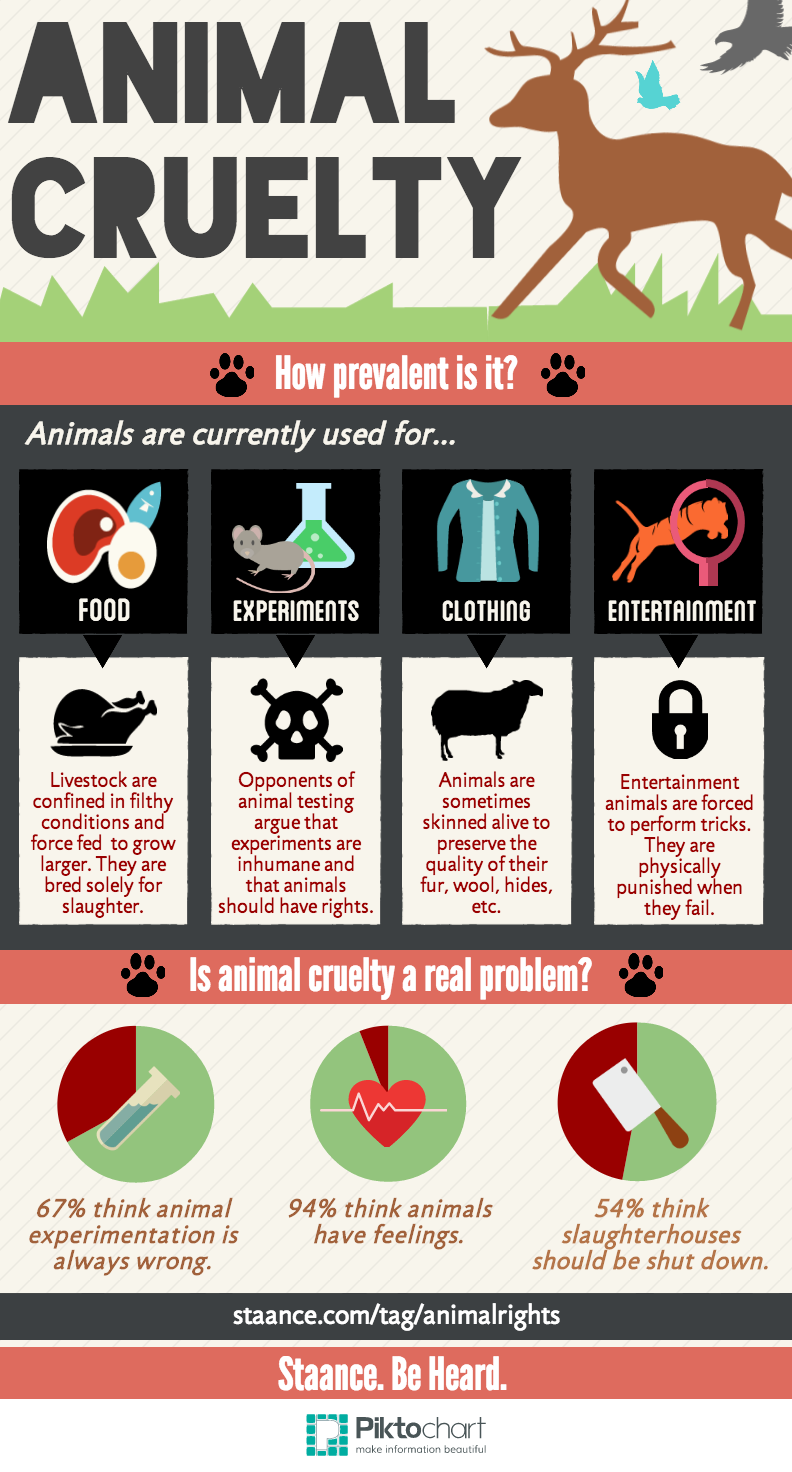Animal cruelty is a pervasive issue that affects countless creatures around the globe. Every day, animals suffer from neglect, abuse, and exploitation. As awareness of these injustices grows, more individuals are inspired to step into the world of animal activism. If you find yourself pondering, “What can I do about animal cruelty?”, you’re not alone—this question marks the beginning of a profound journey toward compassion and change.
The first step in your activism journey is educating yourself about the various forms of animal cruelty. This includes not only the overt acts of violence that often make headlines but also insidious practices like factory farming, puppy mills, and animal testing. Consider the appalling conditions of animals raised for food—a reality hidden behind gleaming supermarket shelves. Being aware of these issues equips you with the knowledge necessary to advocate effectively. Dive into documentaries, read articles, and follow reputable organizations to gain a comprehensive understanding of these topics.
Once you have a grasp on the issues, the next step is to engage with your community. Local animal shelters and rescue groups often seek volunteers. This is a fantastic opportunity not just to assist in hands-on efforts but also to meet like-minded individuals who share your passion. Participating in community events, such as fundraisers or adoption drives, can broaden your understanding and amplify your voice. Ask yourself: how can your unique skills contribute to these efforts? Whether you excel in organization, public speaking, or art, every talent can serve the greater good.
A particularly poignant challenge in activism is communicating the importance of animal rights to those around you. Many people are unaware of the magnitude of the problem, while others may be indifferent. How can you effectively articulate your concerns? Start small. Share articles or videos that highlight issues close to your heart on social media platforms—this could spark curiosity among your friends and family. Organize discussions or informal gatherings, and create safe spaces for dialogue. In these interactions, focus on empathy and understanding; your goal is not to confront but to educate.
As your community engagement grows, so too should your personal commitment. One impactful way to embody your beliefs is by adopting a cruelty-free lifestyle. This involves making conscious choices about the products you consume—whether food, clothing, or cosmetics. Seek out brands that prioritize ethical practices and transparency. Instead of merely rejecting animal products, celebrate alternative options available that minimize harm. This approach not only changes your consumption habits but also exemplifies the change you wish to see.
Fundamental to the fight against animal cruelty is advocating for change on a larger scale. This can take the form of lobbying for stronger animal protection laws, attending protests, or even contacting your local representatives. Your voice matters; lawmakers are often swayed by the concerns of their constituents. Let them know that animal welfare is an issue that resonates with you and your community. When drafting a letter or an email, be clear and concise about your demands. Include specific examples of legislation that require attention, bolstered by statistics or anecdotes where appropriate. This structured approach demonstrates your commitment and can yield tangible results.
Networking with other activists is invaluable. Online platforms and local groups provide forums for sharing strategies and resources. By connecting with seasoned activists, you can gain insights into successful campaigns and learn from their experiences. Participating in online forums or attending workshops can bolster your knowledge and skills. This engagement fosters a sense of solidarity; knowing others are equally passionate offers motivation during trying times.
Consider the digital landscape as a tool for spreading awareness about animal cruelty. Utilize social media not just for marketing but as a means of storytelling. Share compelling narratives of animals saved from dire situations. Create content that highlights the plight of those without a voice. Visual storytelling can be particularly impactful, as images of suffering animals often evoke empathy and action. Start a blog or YouTube channel that focuses on educational content while showcasing your activism journey, creating ripple effects that can inspire others to join you.
Furthermore, integrating activism into your daily routine can prove transformative. Whether it’s sharing your lunch with a local stray or taking time to assess the impact of your purchases, synchronicity between your values and actions strengthens the cause. It’s easy to become overwhelmed by the enormity of animal cruelty, but every small action counts. By embedding these principles into your life, you craft a lifestyle of compassion that radiates outward.
As you progress in your activism, reflection becomes essential. Set aside moments to evaluate your impact, re-assess your strategies, and renew your motivation. This practice not only reinforces your dedication to animal welfare but also allows for growth and adaptation in your approach. Ask yourself, “Am I being effective? What more can I do?” Each question carries the potential for discovering new pathways to fight for those who cannot advocate for themselves.
The journey of confronting animal cruelty is undeniably challenging, yet extraordinarily rewarding. By educating yourself, engaging your community, and embodying your values, you can be an influential force for change. Remember, every effort, no matter how small, contributes to the collective push for a more compassionate world. Now, ask yourself—what steps will you take today to combat animal cruelty? The challenge lies before you; are you ready to rise to it?






